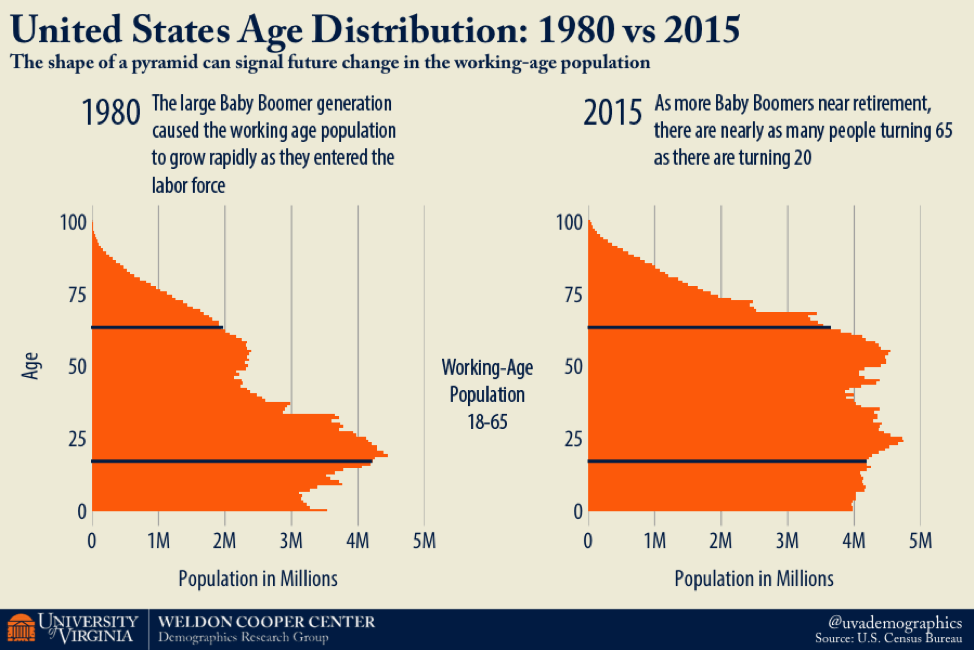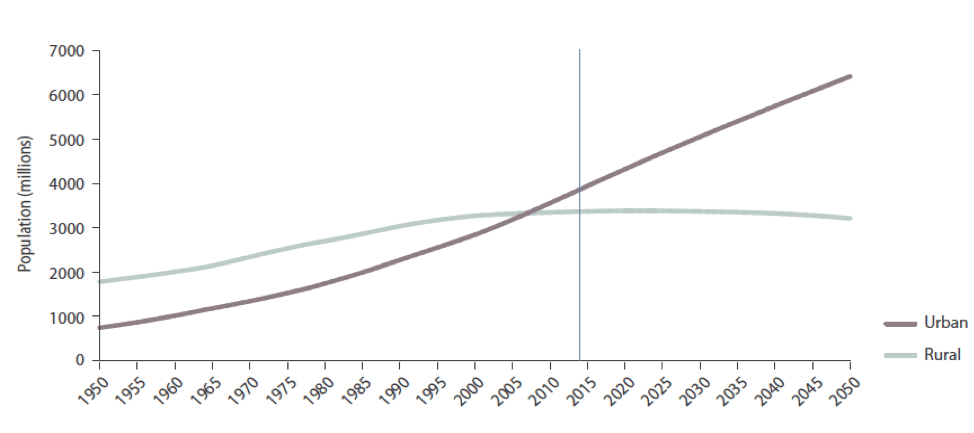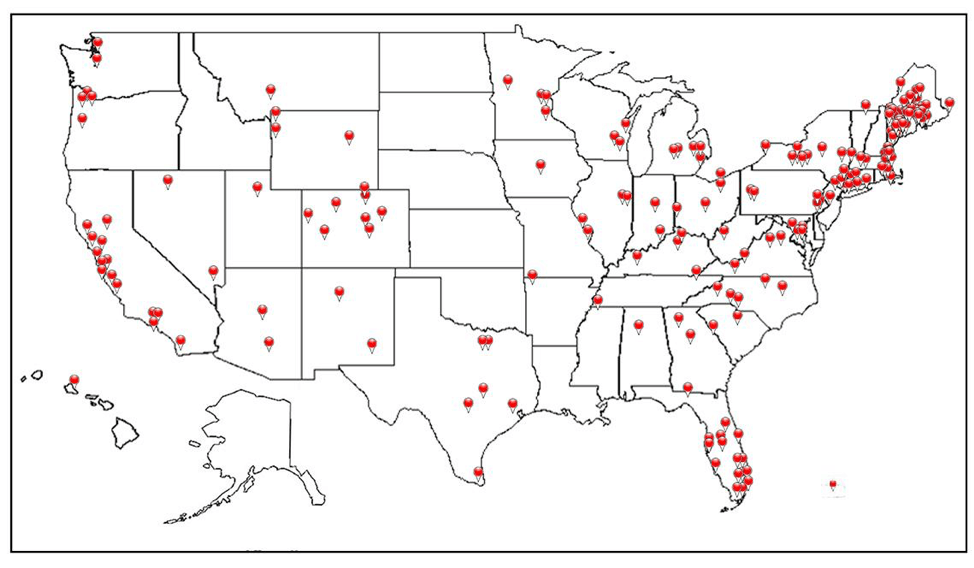Communities across the globe are already working to address the needs of their older residents and prepare for future generations by providing opportunities for all residents to stay connected and actively participate in their community.
Age-friendly Communities
Age-friendly Communities

By 2050, more than 20% of the world’s population will be age 60 or older. Today, there are nearly as many people turning 65 as there are turning 20.
The growth and aging of our population is largely happening in urban areas. In the United States, 83% of Americans are urban dwellers. This is also true worldwide, where, in 2007, for the first time in history, the world’s urban residents exceeded those living in rural areas.

As a result, communities across the globe are already working to address the needs of their older residents and prepare for future generations by providing opportunities for all residents to stay connected and actively participate in their community.
The World Health Organization (WHO) launched an international Age-Friendly Cities and Communities Program in 2006 to help cities prepare for rapid population aging and the parallel trend of urbanization.
AARP has also taken up the mantle with an affiliate Network of Age-Friendly Communities program to help people of all ages stay healthy and active longer. Across the United States, program members, representing more than 70 million people, are committing to actively work to make their community a great place for people of all ages.
In California, more than 20 cities are now part of the Age-Friendly Network, committing to improve their age-friendliness and assessing their planning, implementation measures and ongoing improvements in exchange for access to a number tools and trainings.

The Age-Friendly Network categorizes targeted improvements into several “domains of livability” including a number of land use and transportation strategies that influence the health and quality of life of older adults.
Outdoor Spaces and Buildings: Creating places where people of all ages can gather including parks, sidewalks, outdoor seating and accessible buildings.
Case Study: In Macon, Georgia, Friends of Tattnall Square Park worked with advisors and community members to identify ways to improve the park and create an engaging landscape that would be safe and welcoming for all users. They made a number of age-friendly improvements at this 16-acre public park:
- Added prominent, ADA compliant gateways that help to define the park’s boundaries and entrances.
- Installed wider, smoother sidewalks to better serve older pedestrians and people pushing strollers.
- Installed new benches, seating areas and a drinking fountain.
- Added accessible routes into the park and constructed a roundabout to help make nearby streets safer by slowing fast-moving traffic around the park.
- Improved park lighting.
- Built spaces for outdoor gathering, ceremonies and performances.
Transportation Options: Providing greater transit options to get to and from daily appointments and social activities that can be as expansive as a train system or as targeted as a ride-hail service.
Case Study: In Phoenix, Mayor Greg Stanton has made great strides in leading his city to a more livable future with expanded transportation options for residents of all ages. Rather than focusing on one mode, this approach is designed to help residents get to jobs, schools, health services, and cultural and social activities without getting behind the wheel – especially important for those who are unable to do so.
Beginning in 2008, a light rail system was introduced. In 2014, a bike-share program launched and attracted more than 2,000 members in its first four months. Voters have also recently approved a dedicated sales-tax increase to pay for a 42-mile light-rail expansion and more bus routes and road improvements.
Housing: Creating the option to age in place by designing or modifying existing homes, incentivizing builders to supply a percentage of affordable senior units in each new development, and/or including or requiring affordable housing options for all life stages.
Case Study: Portland significantly reduced municipal fees and adjusted the city’s zoning codes in 2010 to make it easier for homeowners to create an additional dwelling unit (ADU) on their property. An overriding reason for the change – to help residents age in place.
Homeowners are using ADUs in a variety of ways: building an ADU to retire into while renting out their main house for income; using the ADU as the rental to generate extra income so retirees can afford to stay in their homes; and providing the ADU serves as a residence for their elderly parents.
Social Participation and Inclusion: Promoting social activities that are accessible, affordable and fun can improve one’s health and sense of well-being by alleviating feelings of loneliness and isolation. It’s also valuable to foster social activities with an intergenerational lens so that young and old can learn from one another.
Case Study: In Brownsville, TX, the community gathers every June for its annual CycloBia (ciclovia where the ‘B’ stands for Brownsville). The event brings together as many as 10,000 participants into the downtown for a day filled with activities that promote fun and physical activity. Seven out of 10 CycloBia participants surveyed said that if they weren’t at the event, they would have been engaging in sedentary activities.
Community-focused, open-street events like ciclovias help improve the collective health of residents by promoting healthy and active lifestyles; enhance the city’s sense of community through intergenerational activities; and form collaborations across industries and departments occur to plan and promote the event. At the same time, business owners also make substantially more sales during CycloBia days and nights.
Case Study: In Philadelphia, student volunteers are working with older immigrants through Project SHINE (Students Helping in the Naturalization of Elders) to help them better integrate into their communities and alleviate feelings isolation and loneliness. Volunteers can be found at ethnic-based community organizations, senior centers, churches, temples and coffee shops, teaching conversational English, life skills, citizenship preparation and health-literacy skills.
Community and Health Services: Improving accessibility and affordability of health services in the community can be as direct as integrating Meals on Wheels programs to centralizing resources at community centers.
Case Study: In Auburn Hills, MI, the community made a direct initiative to “transition into a city where all generations are welcome.” The Auburn Hills Community Center currently serves more than 14,000 people age 50 and older every year. The center houses the Meals on Wheels program and offers on-site lunches for seniors; provides a health and fitness program with age-appropriate activities like tai chi, yoga, walking and a diabetes-management program; offers a space for educational and social opportunities; and hosts free estate planning and legal advice workshops.
A Call to Action for Local Governments
As our demographics shift, and the needs of our residents change as they grow older, it’s critical – and increasingly, more urgent – that local leaders rethink how best to design communities to meet these evolving needs. Making our communities more age-friendly results in making communities that are safe, healthy and livable for all residents.
Local governments across the nation are committing to take proactive steps to ensure that residents of all ages can continue to thrive and stay involved in their communities.
Resources
AARP Network of Age-Friendly Communities: For membership information visit: https://www.aarp.org/livable-communities/network-age-friendly-communities/info-2014/an-introduction.html or contact AARP California, 866-448-3614, caaarp@aarp.org
Local Government Commission Newsletters
Livable Places Update
CURRENTS Newsletter
CivicSpark™ Newsletter
LGC Newsletters
Keep up to date with LGC’s newsletters!
Livable Places Update – April
April’s article: Microtransit: Right-Sizing Transportation to Improve Community Mobility
Currents: Spring 2019
Currents provides readers with current information on energy issues affecting local governments in California.
CivicSpark Newsletter – March
This monthly CivicSpark newsletter features updates on CivicSpark projects and highlights.



